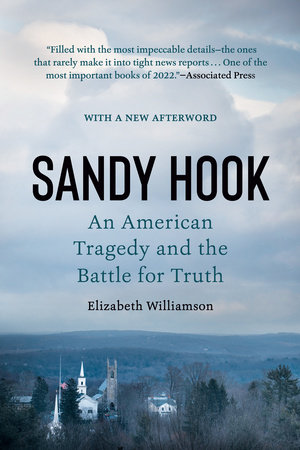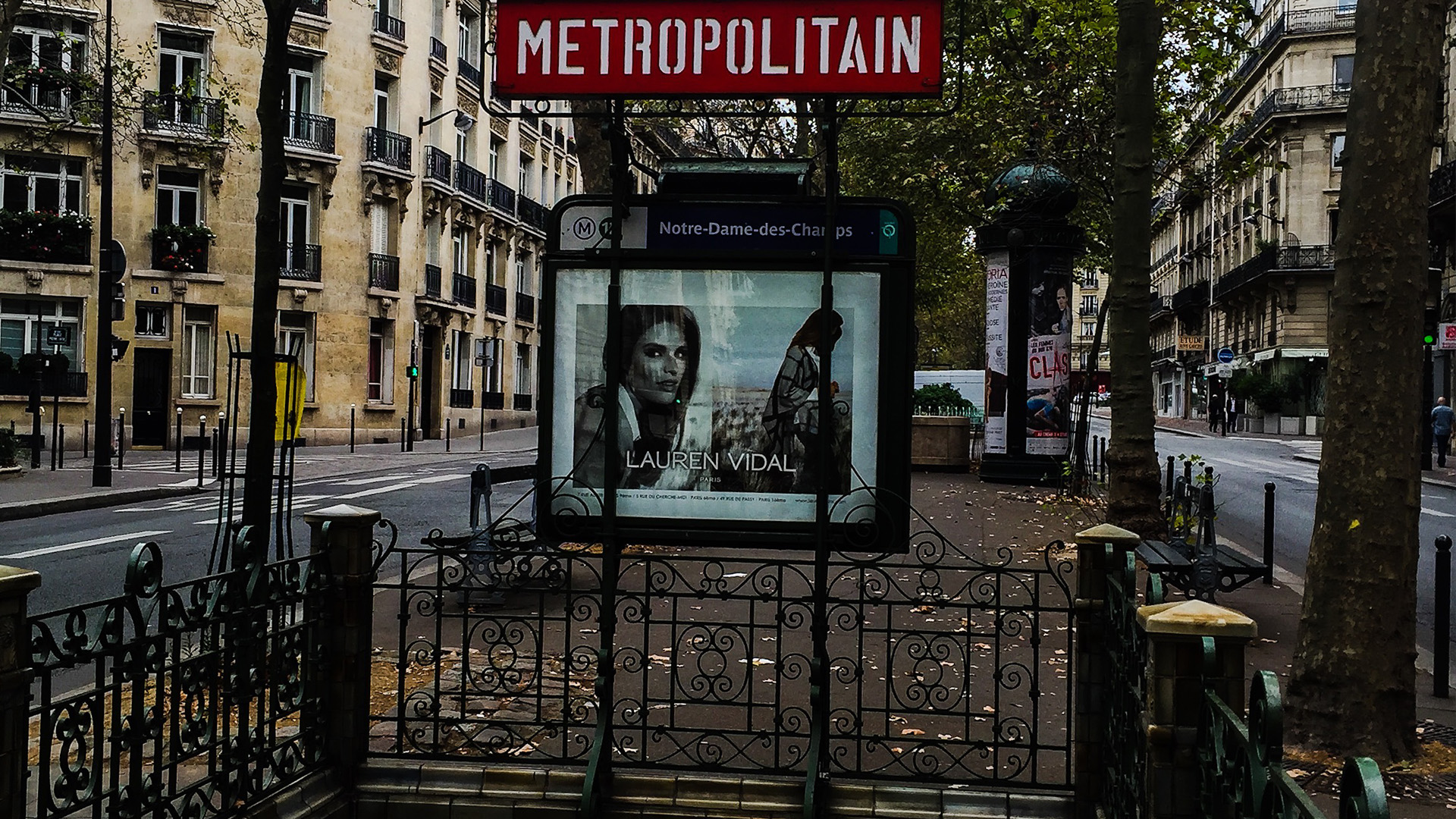With all the conversations about gun violence prevention spurred by the latest spike in mass shootings, it is incumbent upon us to be knowledgeable about data that informs those discussions and that may point towards realistic solutions. The information is not always what we think it is or what we’d like it to be, so, as I do every few months it seems, I’m going to share a few resources that I’ve found helpful that go far beyond searching for the latest and usually misinformed article or manufactured position to throw into another social media argument. None of these resources take positions or advocate either for or against gun policies; they do come to solid conclusions about what causes gun violence and what it might take to stop it.
Because the antidote to the common lines of misdirection, e.g.
-
- “Mental illness”
- “Gun free zones”
- “What about Chicago?”
is a public health approach to a public health problem, based on
-
- Factual data and evidence
- Risk-based analysis and policy recommendations
- Specific threat assessment
(Disclosure: I do not benefit in any way from the links that follow.)
The best resource I’ve come across is the free online version of the Johns Hopkins Center for Gun Violence Prevention and Policy’s course, Reducing Gun Violence in America: Evidence for Change. It requires a considerable time investment, 18 hours, but you will walk away with a solid education in gun policy from all points of view, as well as a solid and vetted range of data including studies from both the private and public sectors. May not change your mind or anyone else’s coming out the other side, but it is an impartial, reality-based examination of the issue across all of its dimensions. Can’t recommend this more highly as a great replacement for all the time we waste ingesting bad data and specious arguments on social media platforms. (Course is free, but $49 allows you to complete testing and receive a certificate.) The lead instructor is Daniel W. Webster, who is the author of Reducing Gun Violence in America; that book was published a decade ago, and the course is a much-need update and an all-around a better experience until he issues a revised edition.

The second resource is Louis Klarevas’ Rampage Nation: Securing America from Mass Shootings. This is important and deeply-researched analysis drawing from a wide variety of source data and material. At 340 pages it’s a medium-length read. Turn off cable news and try this instead.

Third is the recently published study by Jillian Peterson and James Densley, The Violence Project: How to Stop a Mass Shooting Epidemic, which relies not only on a solid file of evidence, but also is informed by blinded interviews with mass shooters and people who know them well.

Winner of the 2022 Minnesota Book Award (General Nonfiction)
Fourth is another book that lights up what goes wrong when our conversations about gun violence, including the ones on social media that we all contribute to, go off the rails with misinformation: Elizabeth Williamson’s Sandy Hook: An American Tragedy and the Battle for Truth. Long but fast read.

This kind of foundation is essential for effective action and advocacy no matter from which direction any of us approach the issue. Those who propose new policy and practices or additional legislation, and those who consider themselves to be responsible and safe gun owners, all need a common understanding and a common language if we are to stop the fear and the slaughter. And make no mistake, it will take all of us. We better get started.
